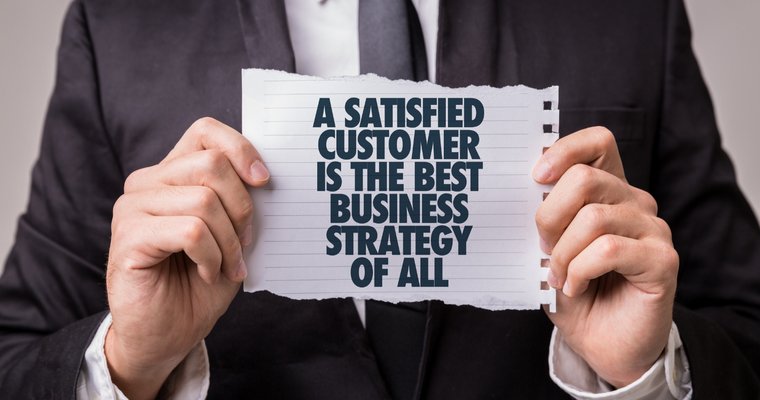


The PwC 2022 Customer Loyalty survey reveals just one poor interaction can prompt a customer to shop elsewhere.
 Photo by istock.com
Photo by istock.com
In the past year, one in four consumers have stopped buying or using a retailer due to a bad experience with a product or customer service and more than half, 55%, will stop using or buying from a retailer after several poor experiences. Worse, 8% of consumers will stop buying or using a retailer after just one bad interaction.
Those are top findings from the PwC 2022 Customer Loyalty survey which also revealed three in 10 consumers are likely to try a new brand, with younger consumers even more eager.
The survey highlights changes in brand loyalty, the need for personalized interactions and the implications of digital transformations taking place in retail.
On the e-commerce front, more than half of those polled are less likely to be loyal to a brand providing a poor shopping experience and at least one third view general human interaction as important to whether they're loyal to a retailer or brand.
To gain deeper insight into the survey's findings Retail Customer Experience reached out to PwC Customer Transformation Leader George Korizis on customer loyalty trends, what retailers need to be doing to attract retail customers and consumer expectations in the shopping environment.
Q. Is this the first year of the survey?
A. The firm published a customer experience survey in 2018. It is, however, the first in a series of customer-centric and business transformation studies we will be rolling out this year as part of our business transformation practice here at PwC.
Q. Regarding the loyalty results are these much different from pre-pandemic years of the survey or from last year's figures?
A. Whereas our 2018 survey found one in three consumers are willing to walk away from a brand after just one bad experience, post pandemic consumers have become slightly more forgiving, according to findings from our 2022 Customer Loyalty Survey.
Q. What do today's consumers want most? Is it a seamless rewarding experience or is it one that is much more convenient?
A. Personalized experience is king for today's consumers — be it online or in-person. That was one of our key takeaways this year. More than half of respondents are willing to let go of a brand if its online experience isn't as seamless or enjoyable as its in-person experience. And a lot of those (four out of five respondents) are even willing to share some form of personal data in exchange for that better experience. Ultimately, consumers want to feel like the brands to which they are loyal are reciprocating that loyalty. Younger people specifically want to feel like the brands they support also hold themselves accountable and are able to create and foster a sense of community and belonging.
Q. For the retailer, what do these results indicate and what should they be focused on?
A. This year's survey underscored the importance of balancing digital-driven experiences with human-led interaction. While customers are craving personalized experiences, human interaction is still extremely important to winning the battle for loyalty, with one-third of respondents in each business category citing it as key to loyalty.
For businesses, winning that battle for loyalty ultimately boils down to focusing on seven areas:
1. Recognize the rise of emotional loyalty. Experience is all about how an individual feels when interacting with your brand before, during and after a transaction. The better you understand that, the more ways you can engage with your customers — and the more likely they'll continue engaging with your business.
2. Invest in customer segmentation. As behaviors and preferences evolve, so too should your analytic models.
3. Assess how rigid your loyalty programs are and reconsider the selection of benefits, including expanding beyond points and discounts to experiential loyalty.
4. Activate a data-driven personalization strategy to drive effective engagement and stronger individual connections with customers.
5. Where feasible, be agile enough and willing to trial and error subscriptions based on subscriber feedback. With existing models, acknowledge the potential for "subscription fatigue" and determine how you can adapt those models to address shifting customer needs.
6. Develop a balanced approach to physical and digital customer engagement, including creating a consistent omnichannel experience for customers.
7. Prioritize efforts to better understand younger and more racially and economically diverse groups, as recognizing their needs and preferences can provide opportunities to grow their loyalty.
Sign up now for the Retail Customer Experience newsletter and get the top stories delivered straight to your inbox.
Privacy PolicySeptember 9-11, 2024 | Charlotte, NC